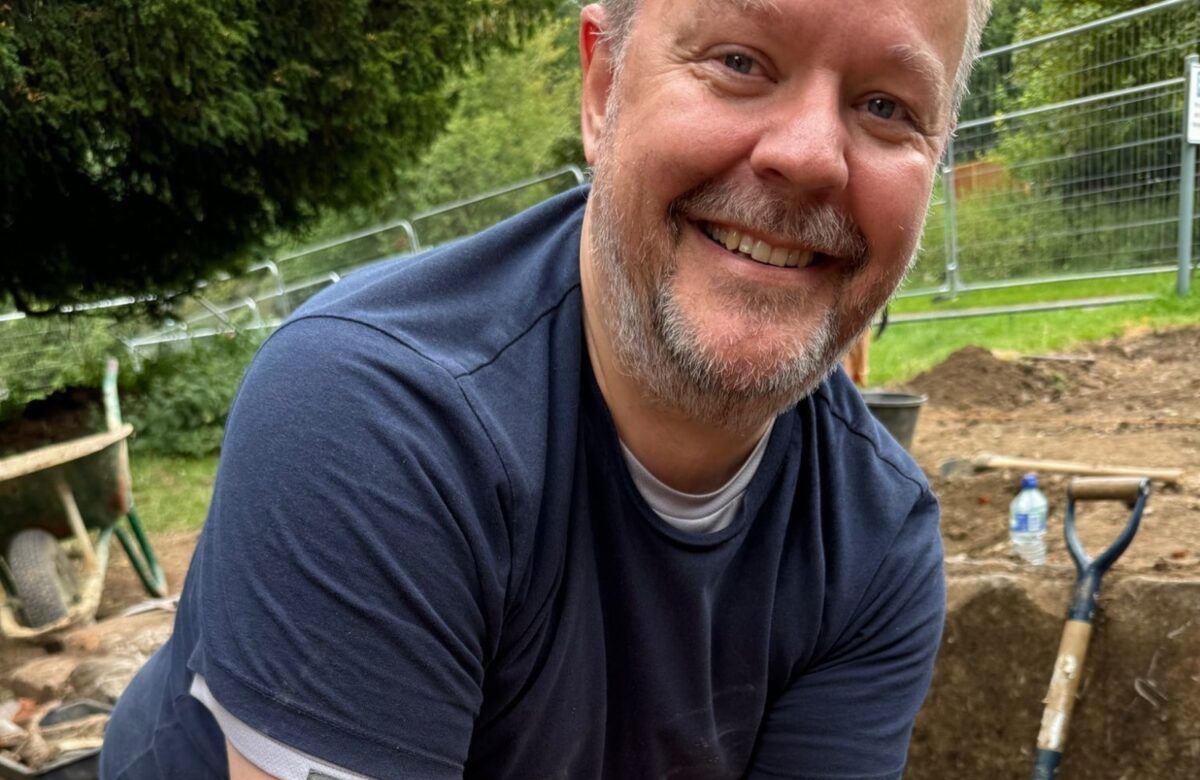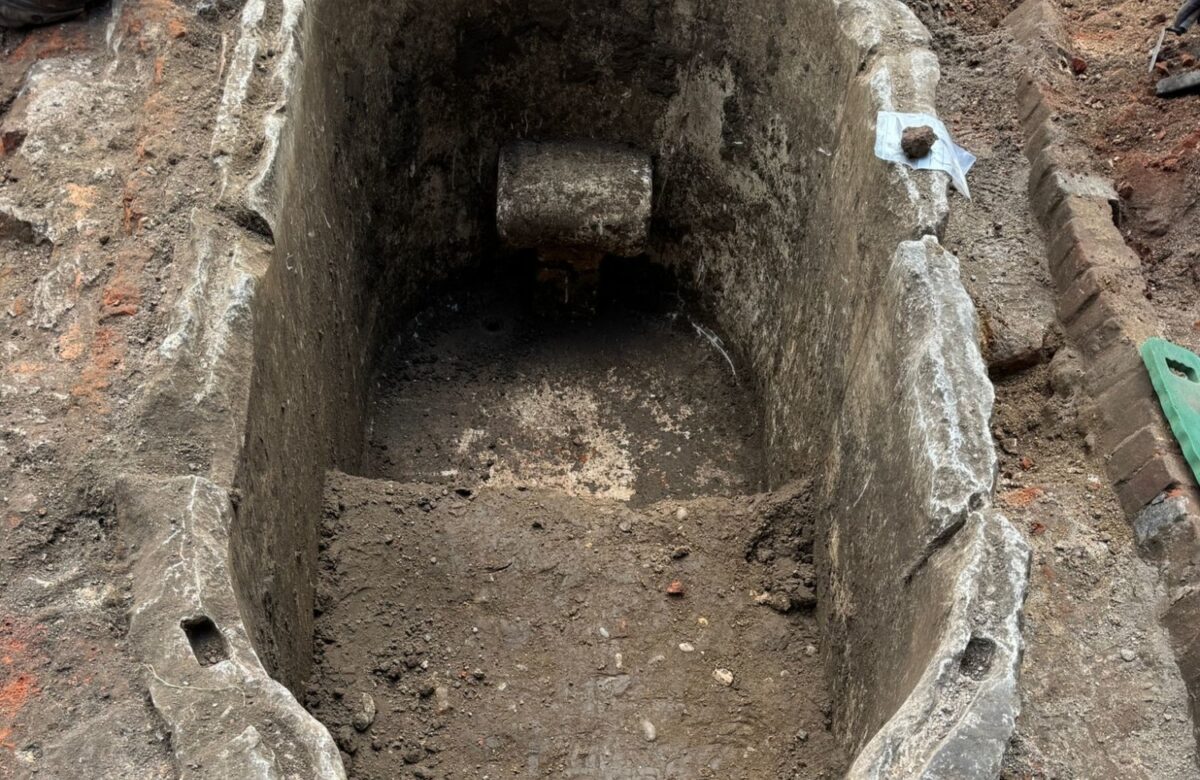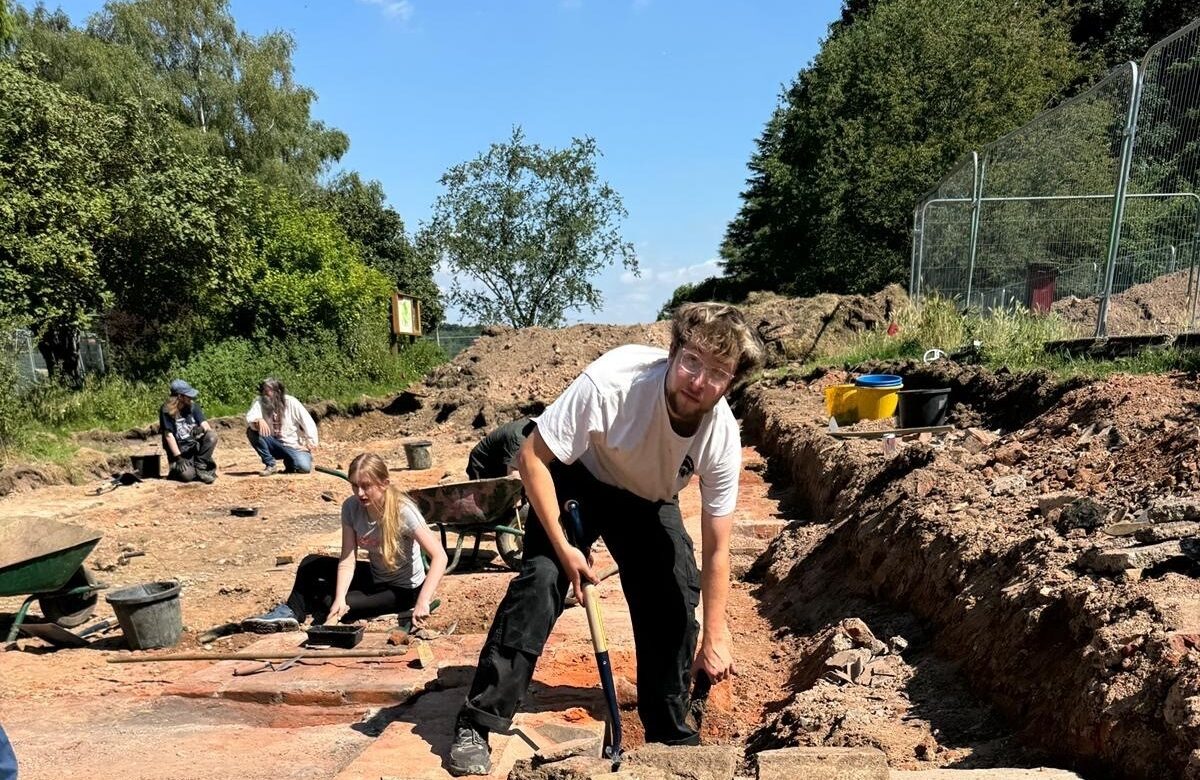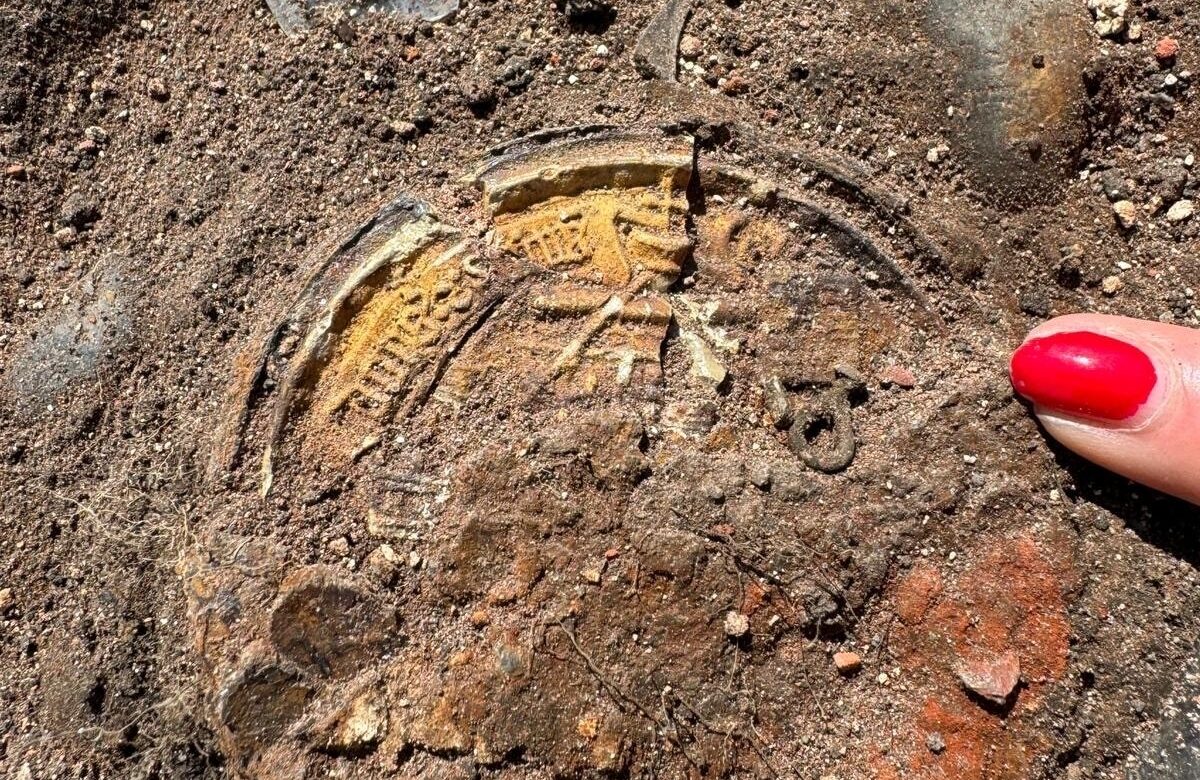Community excavation at Weald Country Park peers into past
Peer into the past and discover this fascinating archaeological dig at Weald Country Park.
Posted on 30th July 2024
An archaeological dig at the site of a Tudor mansion that was demolished 70 years ago has uncovered a sunken stone-lined bath complete with in-built steps, seat and a toothbrush.
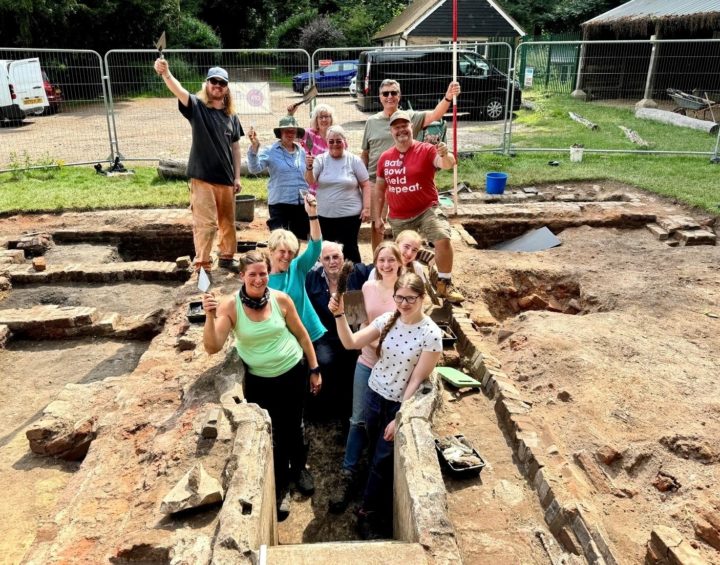
Organised by Essex County Council’s Place Services, the free volunteer community excavation at Weald Country Park saw 24 amateur archaeologists aged 17 to 78-years-old take part in the dig on the site of the former Weald Hall.
Built in the 16th century, Weald Hall was owned by the Tower family until World War Two when it became occupied by the military.
The hall was demolished in 1951 following a fire and in 1953 the park was purchased by Essex County Council as public open space.
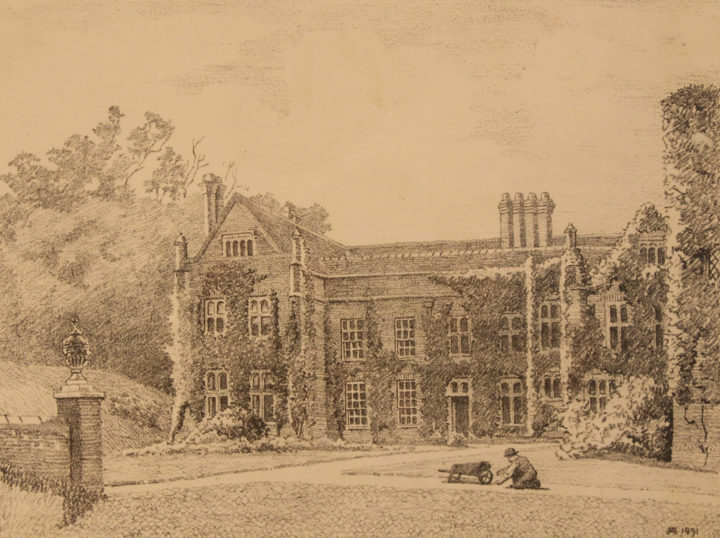
Funded by the Lower Thames Crossing Heritage Community Fund the dig aimed to uncover the history of Weald Hall.
As part of the dig Oxford Cotswold Archaeology trained volunteers in excavation techniques as an introduction to archaeology as a career or hobby.
The volunteers - ranging from archaeology students to retirees - who took part in the week-long dig helped uncover the artefacts.
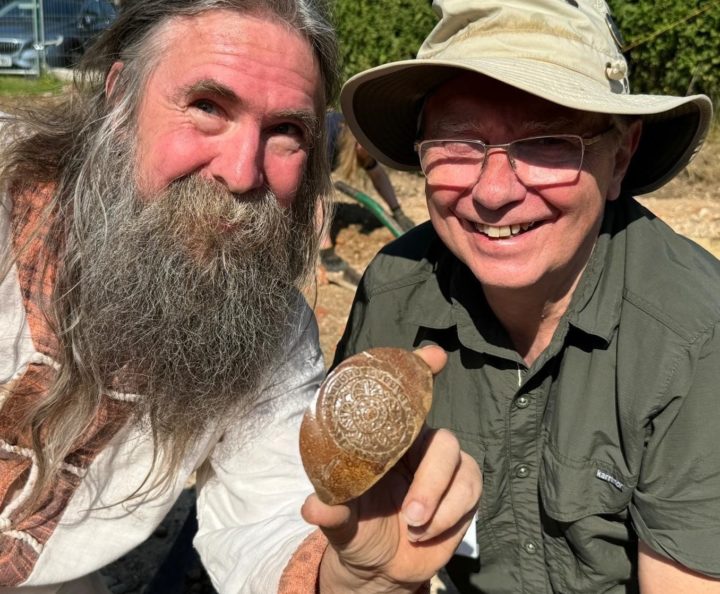
Maria Medlycott, Place Services Senior Historic Environment Officer, said: “While paintings and pictures can give you an idea of a building we wanted to explore Weald Hall’s foundations.
“The excavation has revealed more about the origins and development of Weald Hall, so we are delighted and surprised with the results. Where we expected to find part of the stable yard and laundry we found a stone-lined sunken bath of probable Georgian origins, complete with steps and a stone seat to sit on. Next to the bath an ivory or bone toothbrush was also recovered.”
Explore different corners of the park with the Weald Country Park Discovery Trail here.
Images courtesy of Essex Record Office, Essex County Council Place Services and Oxford Archaeology.
Tagged with
Related blogs
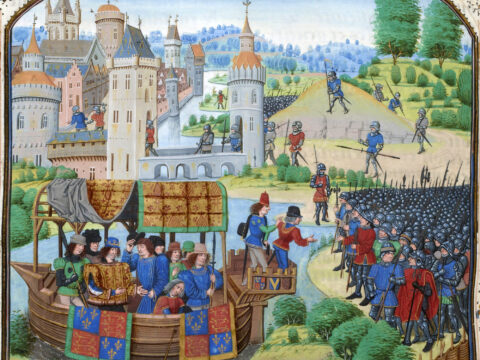
The Peasants' Revolt of 1381
A research project about one of the largest popular uprisings in medieval Europe has shed new light on the Peasants' Revolt of 1381 at Cressing Temple Barns.
Posted on 22nd October 2024
Read article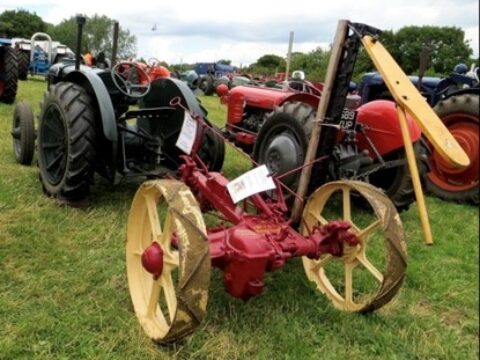
Cressing Temple Barns: The Working Farm
A new project at Cressing Temple Barns called ‘The Working Farm’ will see the on-site farm machinery being given a new lease of life to make them more visually presentable to visitors.
Posted on 14th June 2024
Read article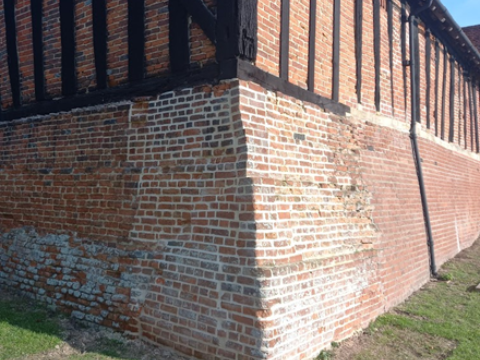
Restoring and maintaining history at Cressing Temple Barns
Read about the much needed maintenance works (as approved by Historic England) recently completed in the Wheat Barn at Cressing Temple.
Posted on 3rd March 2023
Read article